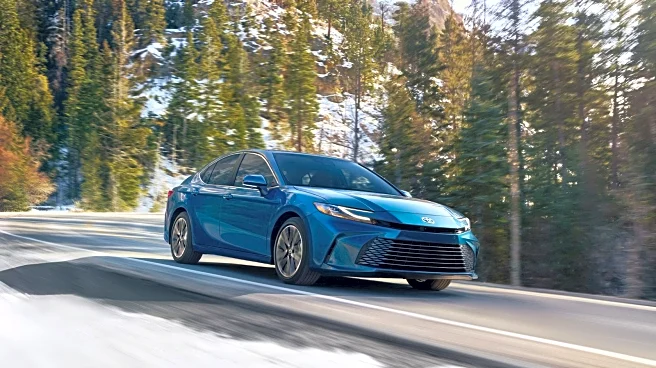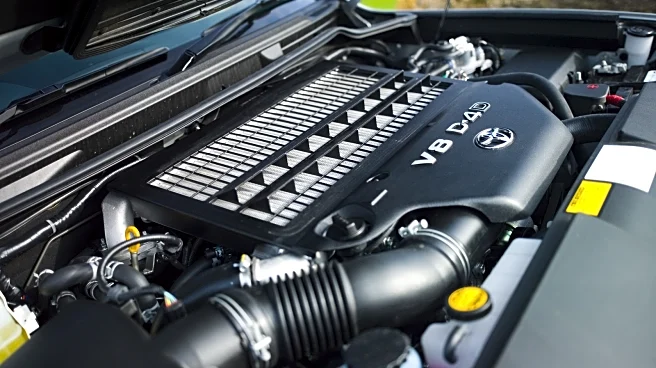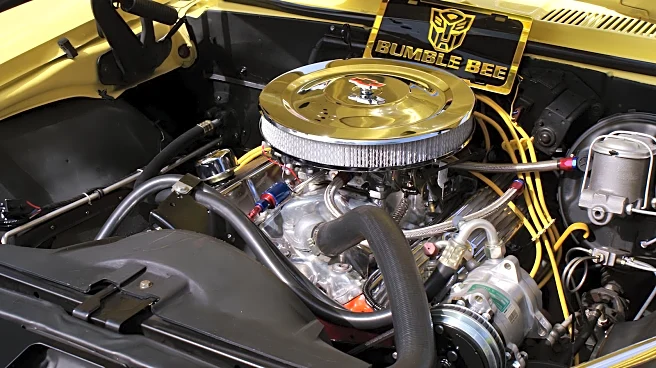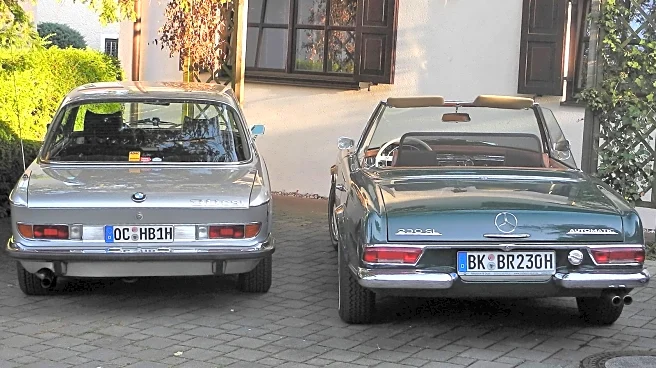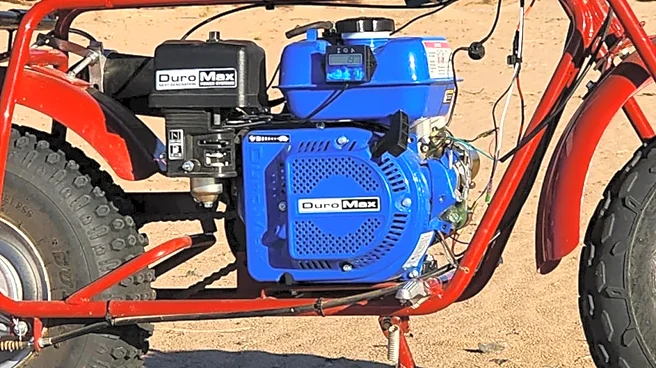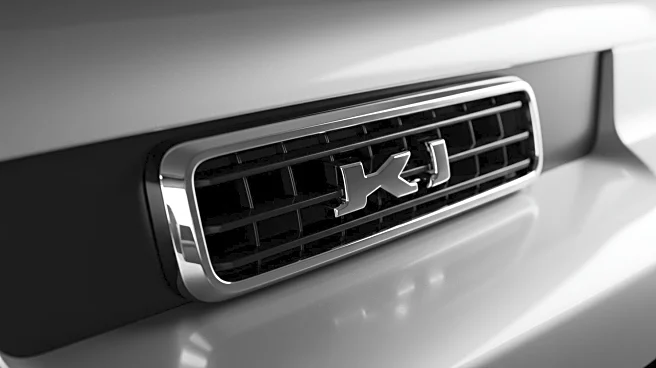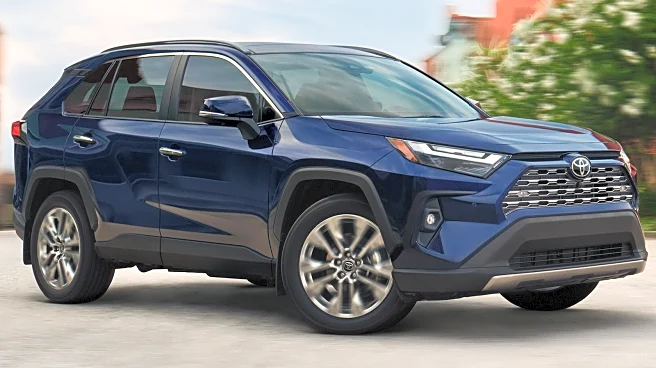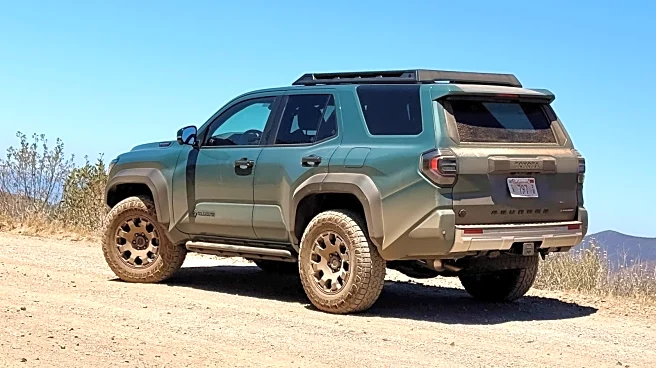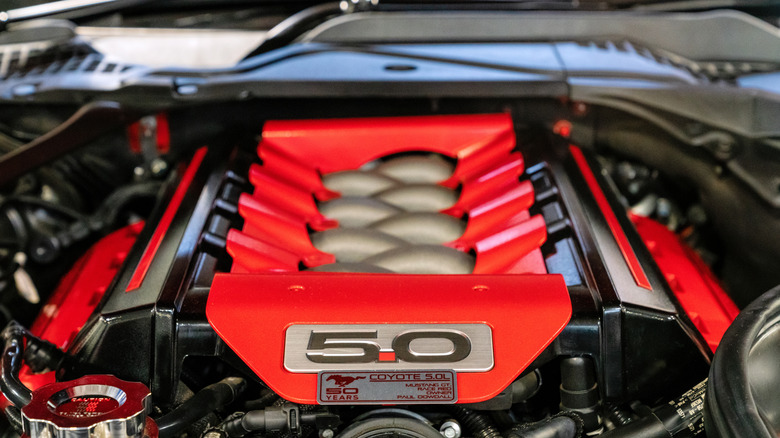
We live in an era of dwindling cylinder counts. V6 or straight-six engines are replacing V8s, and six-cylinder powerplants are being swapped with turbocharged four-cylinders. Despite the turmoil, Ford's Coyote V8 engine remains a vital part of the Blue Oval's lineup. Debuting in the 2011 Mustang GT and F-150, this one-two model combination demonstrated the versatility of the Coyote's sophisticated dual-overhead-cam (DOHC) configuration and the simplicity of a naturally aspirated air intake.
The Coyote's
launch over a decade ago was well-timed. The resurrected Chevrolet Camaro and Dodge Challenger stole some of the Mustang's thunder with Chrysler's Hemi and General Motors' LS3 V8s. Ford sought to leapfrog the pushrod powerplants of its competitors with an advanced 5.0-liter engine that grew out of the company's existing Modular V8 technology. The Coyote's displacement is significant in its number and size. This allowed Ford to give its pony car a needed marketing twist: the return of the 5.0 badge, which brought to mind the 5.0 of the Fox Body Mustang days. However, that older Ford V8 was a pushrod or overhead valve (OHV) design.
This newest 5.0 revved higher and produced a broader power band thanks to the DOHC architecture. The 2011 Ford Mustang GT hits the streets, making 412 horsepower and 390 pound-feet of torque. In 1993, the last year of the Fox Body generation, the Mustang GT with the OHV engine could muster 205 horsepower and 275 lb-ft of torque. The 4.6-liter V8, which was also in the Ford Modular family, was used before the Coyote in the Mustang GT. This SOHC engine topped out at 315 horsepower and 325 lb-ft of torque for 2010, its last year in the GT. SlashGear has a good primer on the differences between SOHC and DOHC engines.
Read more: 5 Of The Most Powerful Engines Ever Put Into The Pontiac Grand Prix
Coyote V8 Redefined Expectations
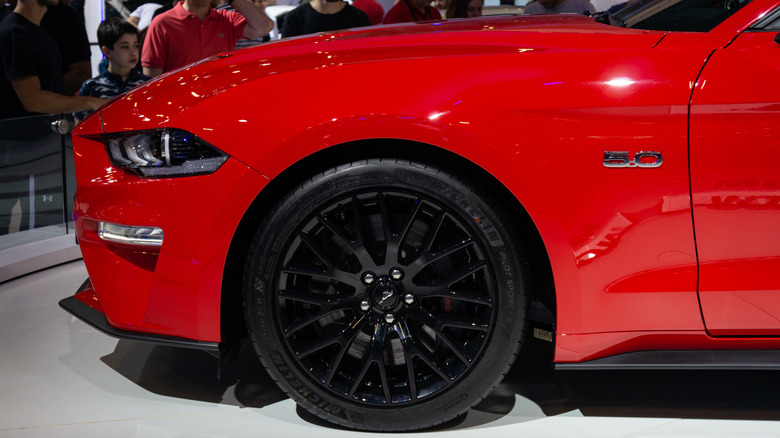
The Coyote's DOHC design set it apart from Chrysler's and GM's eight-cylinder offerings. Variable camshaft timing and four valves per cylinder gave the Coyote better airflow and higher-revving characteristics than pushrod V8s like GM's LS3. In stock form, the engine could rev past 7,000 rpm, unusual for an American V8 of its size and output.
The Coyote soon developed a reputation for its tuning potential. Add a turbocharger or two or a supercharger, and this Ford V8 can generate four figures of horsepower. In a 2020 article citing the aftermarket possibilities of the Coyote, Hot Rod magazine called 1,000 ponies "The New Normal" for this engine.
The focus on Coyote performance often overshadows its role in the Ford F-150. Yet, this V8 became part of the automaker's best-selling vehicle for the 2011 model year. It was a worthwhile addition, as the previous 5.4-liter Triton V-8 earned a reputation for the worst engine Ford ever put in a truck. Despite twin-turbo V6 options, the 2025 Ford F-150 soldiers on with a 5.0-liter Coyote V8 making 400 hp and 410 lb-ft of torque.
The Coyote V8 Keeps The Mustang And Ford Relevant
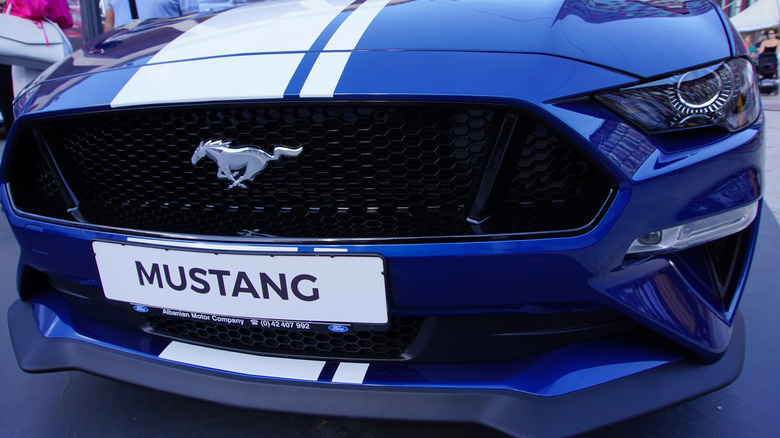
The Coyote has helped the Mustang earn survivor status as the Chevrolet Camaro bowed out last year, preceded by the seventh-generation Dodge Charger. The Charger returned in 2024 with EV and twin-turbo V6 power, but eight cylinders are absent under the hood. There are rumors that Dodge is working on reviving V8 Hemi power for the Charger. Until then, the Mustang retains V8 bragging rights.
It's also the least expensive new V8-powered vehicle you can buy in the U.S. The 2025 Mustang GT has a starting msrp, including destination charges, of $48,555. Arguably, the Coyote has also helped the Mustang become the world's most popular coupe, a fact that Ford CEO Jim Farley touted last year in an interview with Autocar. He also told the publication that the company will continue to make V8 engines "as long as God and the politicians let us."
Outside the Mustang and F-150 world, the Coyote is alive and well as a crate engine. Ford offers several versions for the racing, restomod, and customization crowds. A base 5.0-liter Coyote V8 crate engine makes 460 horsepower (20 horsepower less than the base 2025 Mustang GT) and costs $12,650 (before shipping). The automaker also offers a larger 5.2-liter version of the Coyote V8. It's a supercharged 720-horsepower beast, available as a $32,450 crate engine or under the hood of the F-150 Raptor R.
Want the latest in tech and auto trends? Subscribe to our free newsletter for the latest headlines, expert guides, and how-to tips, one email at a time.
Read the original article on SlashGear.
